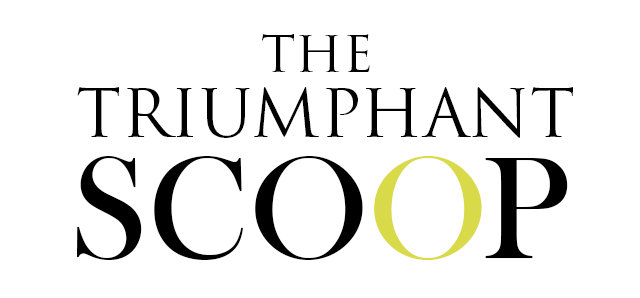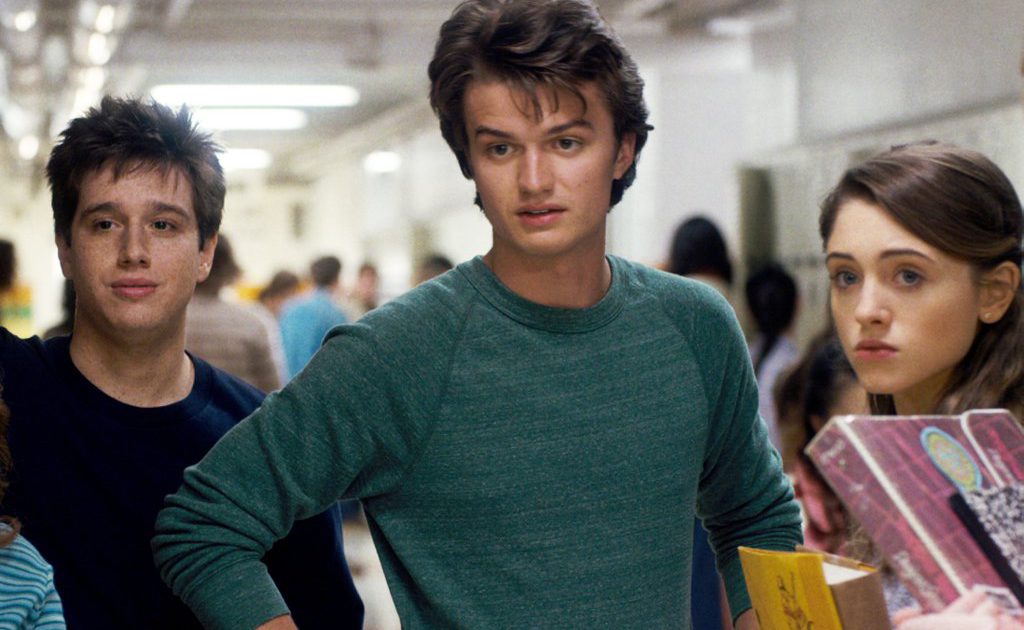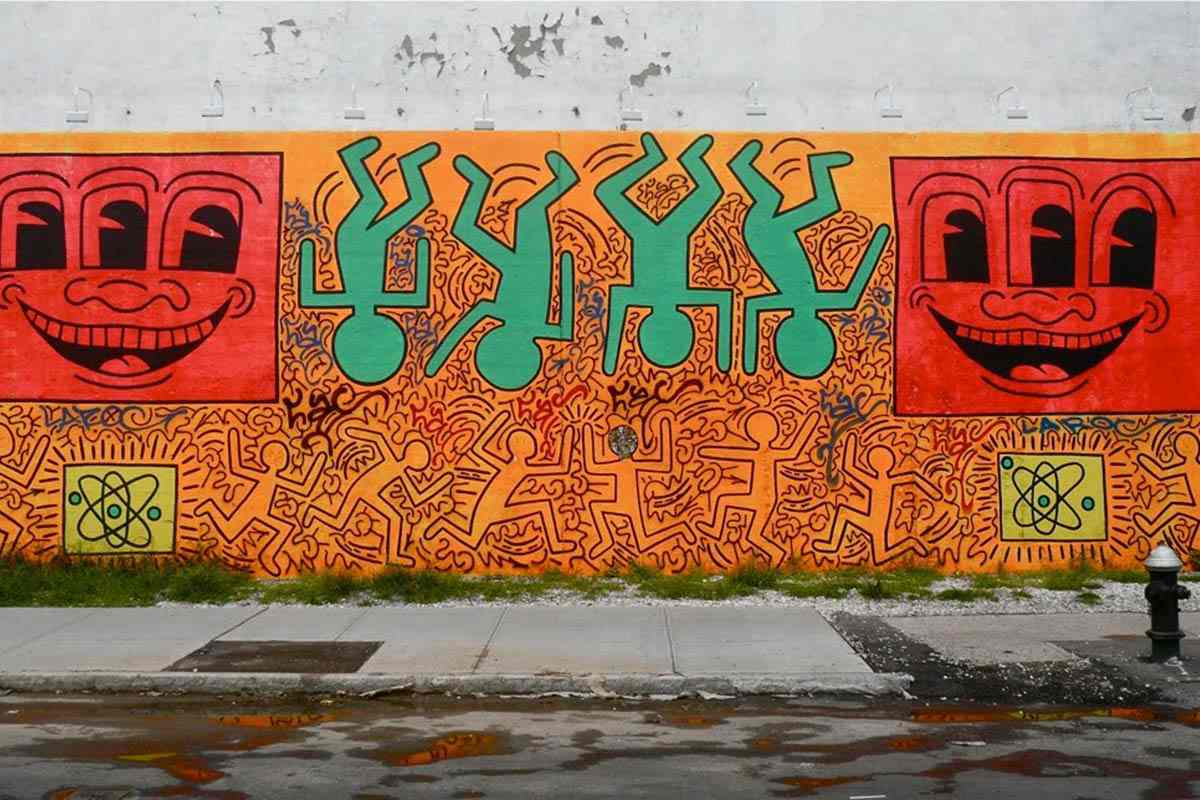Men’s SS18 Styles are a Resurgence of the 1980s

I study English Literature in London. My interests include fashion…
They say history always repeats itself, and recently through men’s fashion, it seems like we’re reliving one of the most iconic decades of the twentieth century: the 1980s. Both Donald Trump and Ronald Reagan are far-right presidents who had little political experience before the election. Appalling acts of terror against queer people mirrors the ignorance and stigmatisation of AIDS in its early years. Since fashion is inherently linked to world events, 1980s styles have returned as well, and the particular trends that have become popular symbolize our ability to counter the negativity of current events.
An spine-tingling example of the 1980s returning to media is with the suspenseful television show Stranger Things. It stars acclaimed actress Winona Rider, who rose to fame in the 1980s with classics like Beetlejuice, but is also set during the decade, featuring the vibrant memories and trends of those times.
The actor Joe Keery (pictured above center) plays the school’s heartthrob, Steve Harrington, in Stranger Things. His image has become so linked to the 1980s that he starred in a series of commercials for Dominos in which he played a version of Ferris Bueller (pictured below).
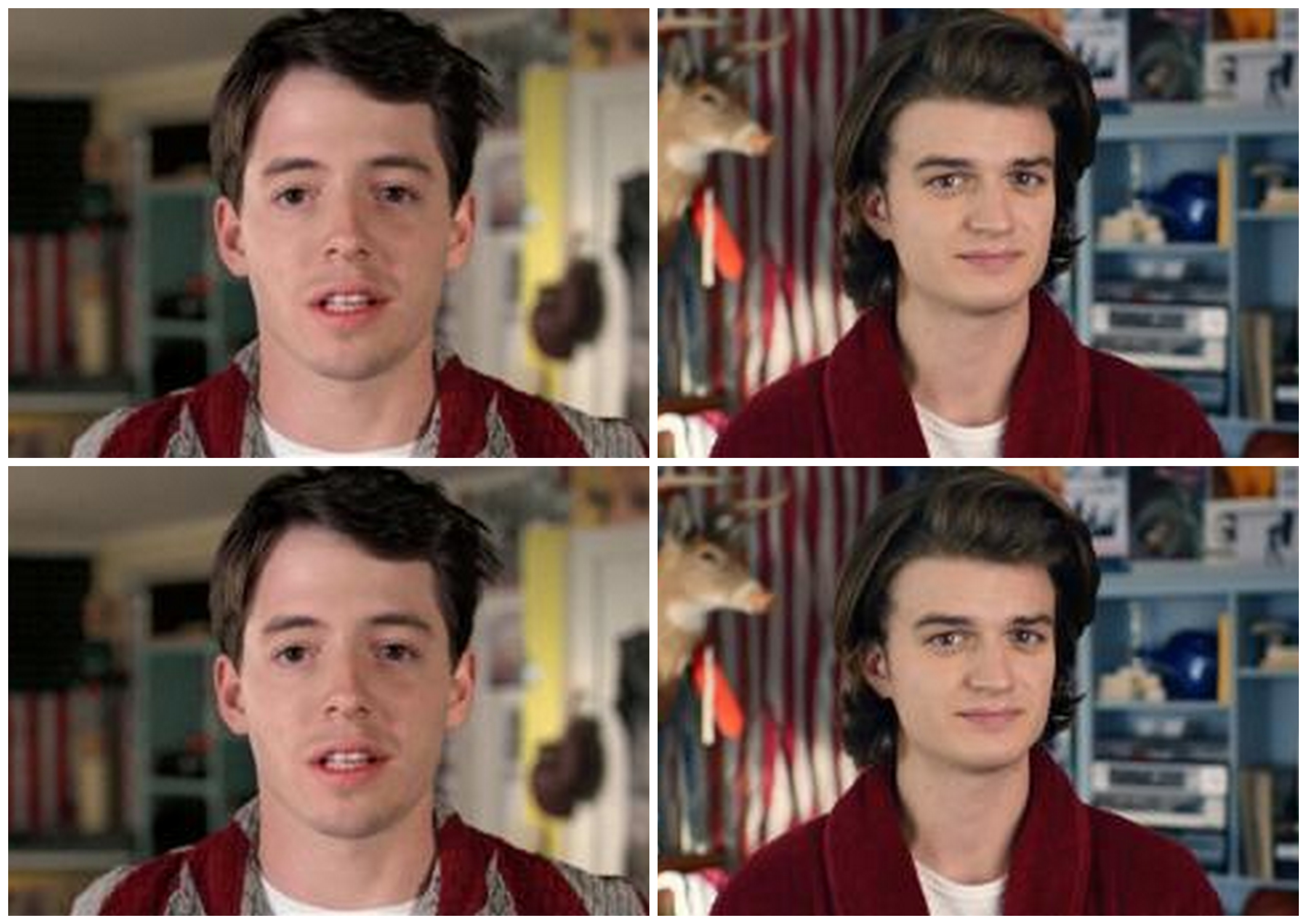
Stranger Things provides an alternate reality in which the enemy is not xenophobia or other forms of political oppression, but a mythical creature. Ferris Bueller, both the original film and the commercials, present a world that is so perfect that the protagonist succeeds even when it seems impossible for him. In both examples, the 1980s are directly correlated with a means of escape from reality for the viewer, and current clothing trends also reflect this theme.
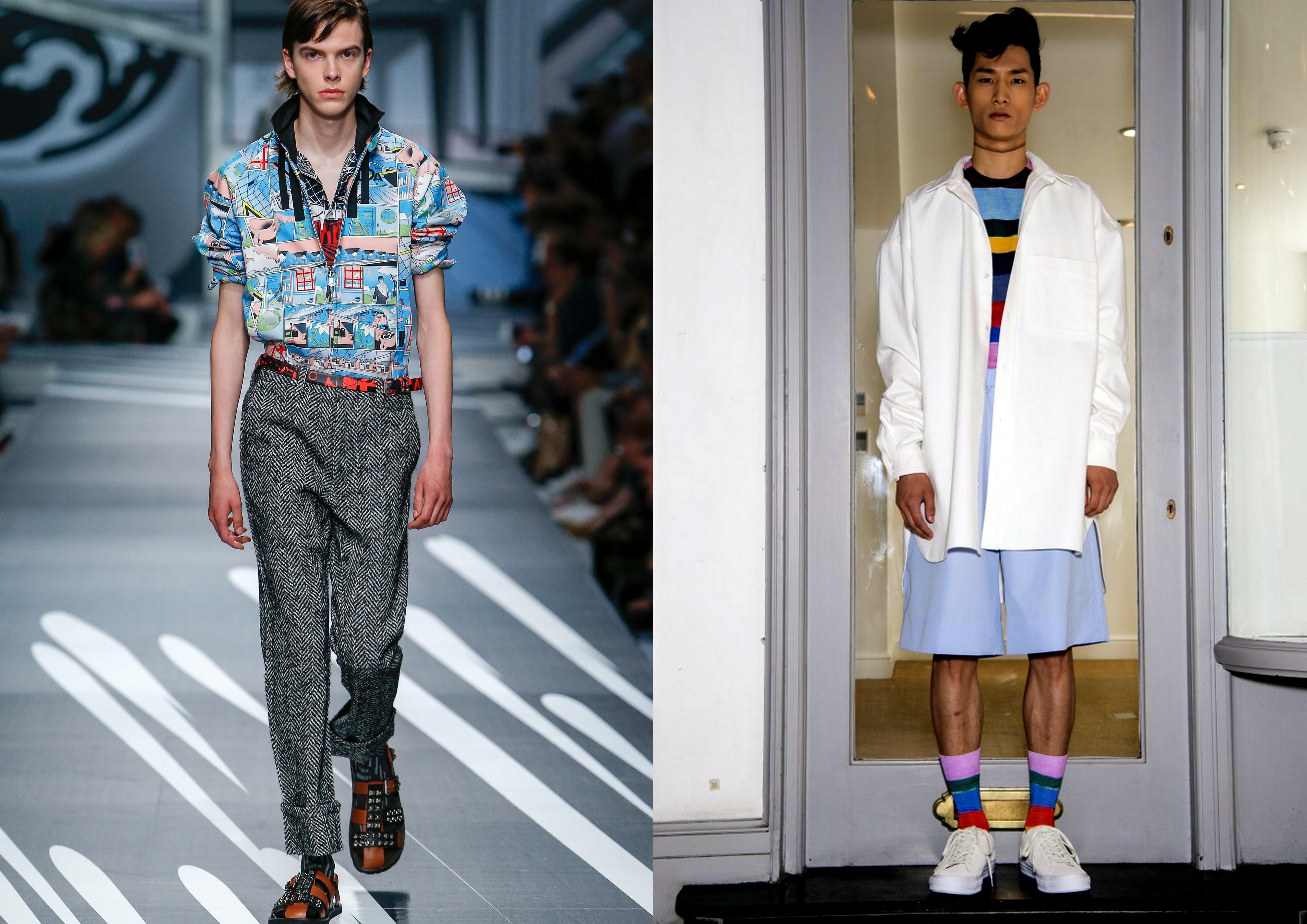
The styles are reminiscent of the clothing worn by post-punk bands in the 1980s, whose music provided an alternative to the mainstream and often featured lyrics that protested the conservative political leaders of the time, Margaret Thatcher and Ronald Reagan. Pictured below are the members of Orange Juice, a post-punk band from Scotland, wearing the loose layers and high-waisted pants that are making a comeback. 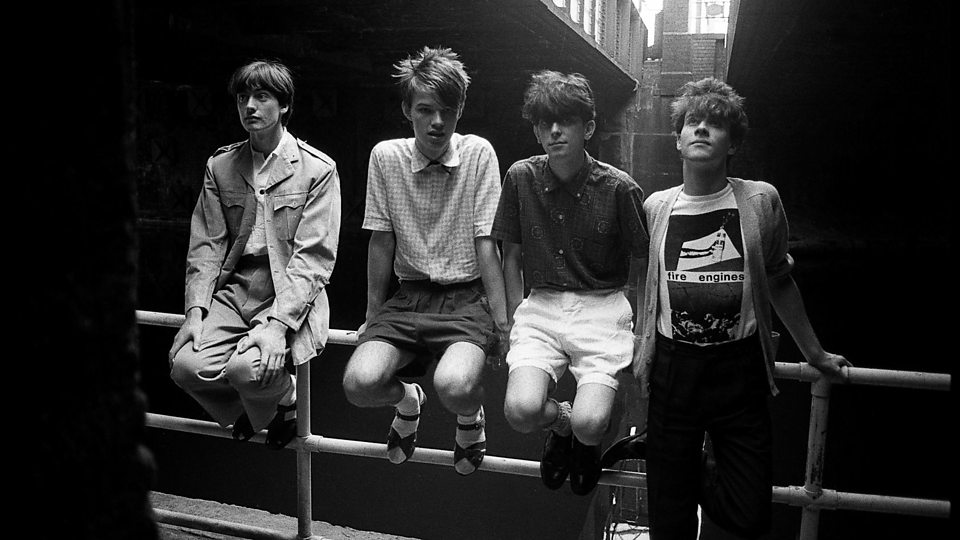
I found even more examples of the 1980s trend at the New York Men’s Fashion Week Trade Shows. The creative consultant for the brand Soul Star told me that while the 1980s wasn’t a direct inspiration for his collection, but the work he did during the decade has always stayed with him. He was an assistant to the graffiti artist Keith Haring, and several of the t-shirts in Soul Star’s SS18 collection (pictured below) feature geometric patterns reminiscent of Haring’s work.
Haring worked in New York in the 80s, during the peak era of graffiti-coated subway cars that symbolized the city’s gritty reputation. He died of AIDS-related complications in 1990, and his openness about his diagnosis helped spread awareness of the disease.
Graffiti has also been featured at the brand Uniqlo, who released a collection of women’s and girl’s t-shirts by the artist Andre Saraiva this spring. Saraiva began his career in Paris in the 1980s, and his collection had a feminist message that is especially important in the era of Donald Trump. 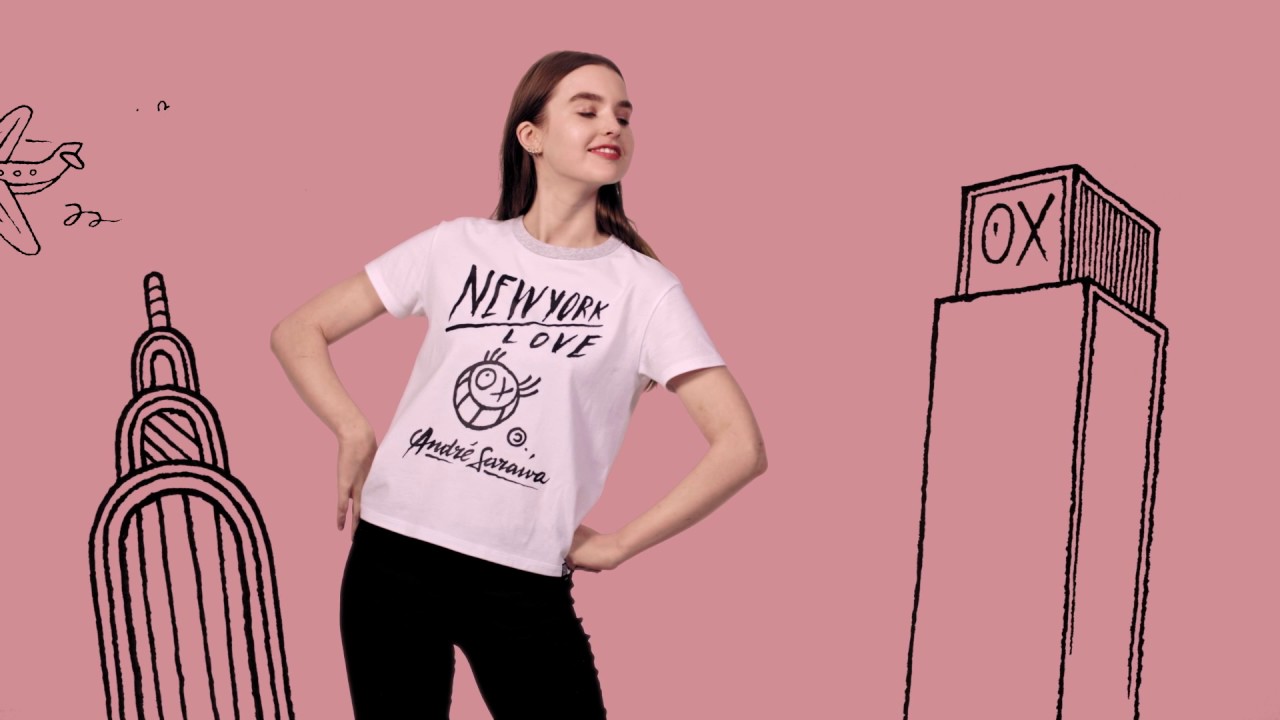
Understandably, the most enthusiastic person I spoke to was Casey Pitocchelli, the owner of a vintage sportswear company called Rare Vntg. (“The 1980s?” his colleague asked me. “Oh, he could talk about that for days.”) Pitocchelli explained that he thinks the reason 1980s sportswear is so popular is because of the bright colors.
Pitocchelli had reason to be excited about 1980s sportswear, because while I was walking around the trade show later I came across the AW17 and SS18 collections by CP Company, which featured luxury sportswear in neon colors:
I spoke to the brand’s designer about his take on the influence of the 1980s, and he summed up perfectly the influence of fashion during any decade. “The world has become so drab and negative. We don’t know what the hell’s going on in Korea, you have 60 millions migrants displaced, wars, chemical warfare, psychotic terrorist groups, and it was no different then. You had the IRA bombing London every week, you had the South African Apartheid regimes, you had the Faulkland Wars with the British. Are we going through cycles where people forget history? Kind of. But now we’re in the digital world. The colors cheer people up. It’s a mood-sensitive thing.”
And with that, long live the 1980s!
What's Your Reaction?
I study English Literature in London. My interests include fashion and photography, and I also write short stories.
